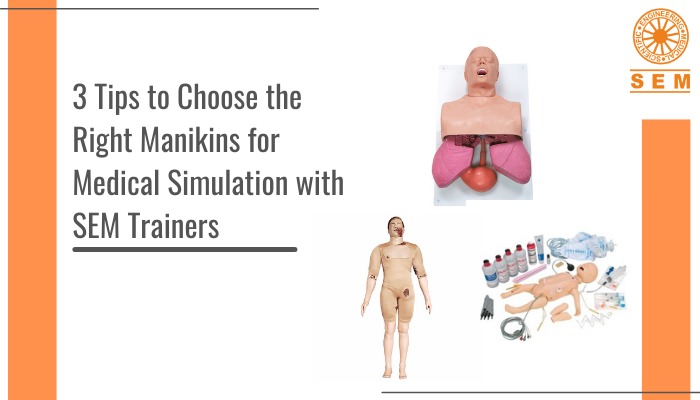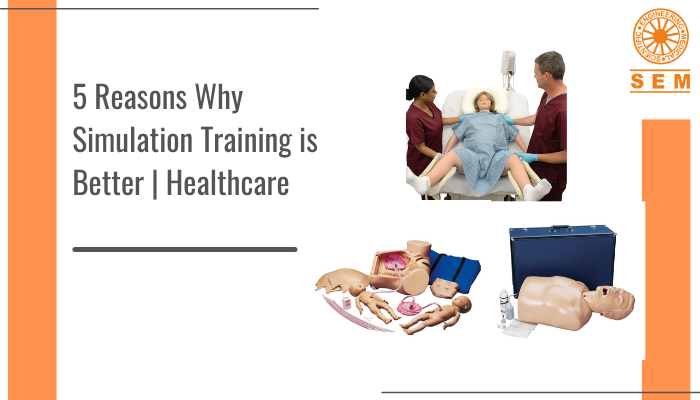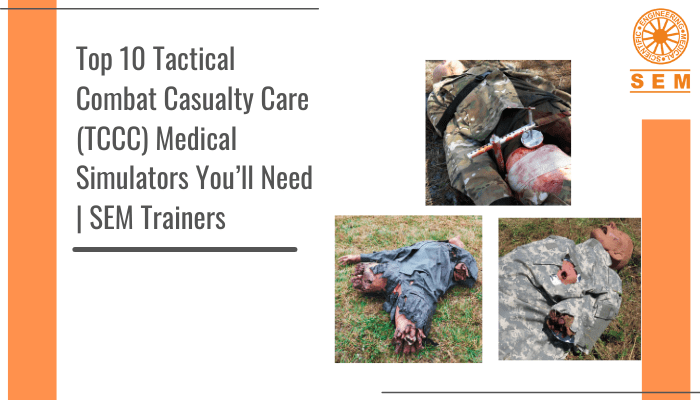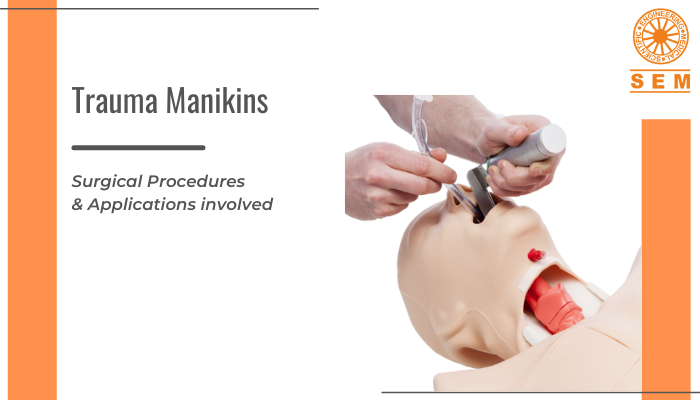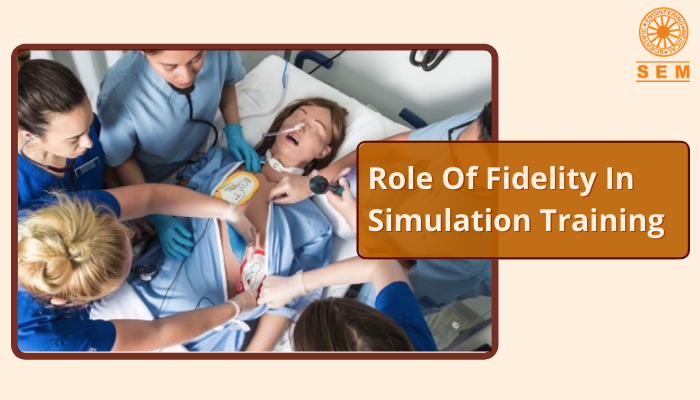3 Tips to Choose the Right Manikins for Medical Simulation with SEM Trainers
Simulation brings a lot of new benefits to medical training, like hands-on training, a risk-free environment, and building a number of different skills. And with the medical simulation industry growing, now, there are more kinds of manikins than ever. But with so many options available, how do instructors decide which ones to get for their simulation labs?
How to Choose the Right Manikins for Your Medical Simulation Lab?
Although there are a myriad of simulators available, ultimately, there are 3 main factors to consider that will help you pick the right manikins for Medical Simulation to fulfill your needs- features, cost, and fidelity.
1.It should fulfill the purpose
The first thing to think about is what you will want to use the manikins- which skills you will want to teach using the manikin. For example, if you will be teaching airway management, these are the questions to ask: Will you need both adult and child manikins? Will you need the defibrillation features? Will you need intubation functionality? (..and so on) You might also want to avoid overspending on a manikin with too many extra features that will end up never being used. What is the point of splurging on a manikin that you will only use to 40% of its potential?
Let’s take another example. Suppose you need the students to learn how to place a catheter and get proper fluid return. The KERi Complete will be enough for that. But if you want them to learn more comprehensive diagnostics and patient care, you will either need to go for the Advanced KERi which is equipped with an IV and blood pressure training arm, or complement the KERi Complete with a training arm purchased separately (and then spend the rest of the money on other things for the simulation lab).
2.Consider your budgets
While we would all always like to get our hands on all the state-of-the-art, high-tech and the most high-fidelity manikins for training, in reality, it is not always possible to do so. (But fortunately, at SEM Trainers, we bring you dozens of high-quality, reliable manikins to choose from that will suit your needs). More often than not, we have to work with limited budgets due to limited funding available. That is why instead of splurging all your money on a couple extraordinary manikins with way too many features, it might be a good idea to figure out your requirements and distribute your budget across those. When looking for manikins, ask yourself questions like- Do I need all these features or will the one with fewer features do just as well? How much fidelity do I really need for teaching this particular skill? There may also be upfront or annual fees for add-ons like training, installation, warranties, and service fees to account for, so it’s always best to consider the entire expense before making a choice.
3.Think about the fidelity-cost trade-off
Manikins come in different fidelity levels. High-fidelity manikins look and behave more realistically compared to the low-fidelity ones. Some skills require the scenario to be more realistic and believable- they may be better off using those high-fidelity manikins that offer a higher degree of realism. But high-fidelity manikins are far more expensive than the low-fidelity ones. And while it can’t always be a bad thing to go for the high-fidelity manikin everytime, the truth is that you have a budget to stick to. Ultimately, you have to make a trade-off between the level of fidelity offered and the cost of a manikin. Sometimes, you will have to make do with the level of fidelity that is just good enough for the purpose.
So, if you are an instructor, by keeping in mind the purpose of the manikin (which will decide the features you will need), the budget you have available (which will be best distributed according to your needs), and the level of fidelity you can afford at a convenient cost, you will be able to make the right decisions about the manikins to get for your simulation lab.
Check out the range of manikins offered by SEM Trainers:
- Advanced Life Support
- Advanced Trauma Life Support
- Airway Management
- Basic Life Support
- Clinical Skills Trainers
- Emergency Rescue
- Gynecology
- Nursing Skills and Patient Care
- Obstetrics
- Orthopedic Workshop Bones
- Patient Monitor Simulators
- Simulation Kits
- Surgery
- TCCC Training Manikins
- Transesophageal Echocardiography
- Virtual Dissection Table
- Virtual Reality Simulators
Follow us on Social Media :


